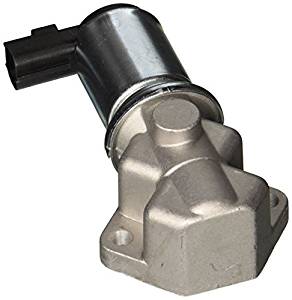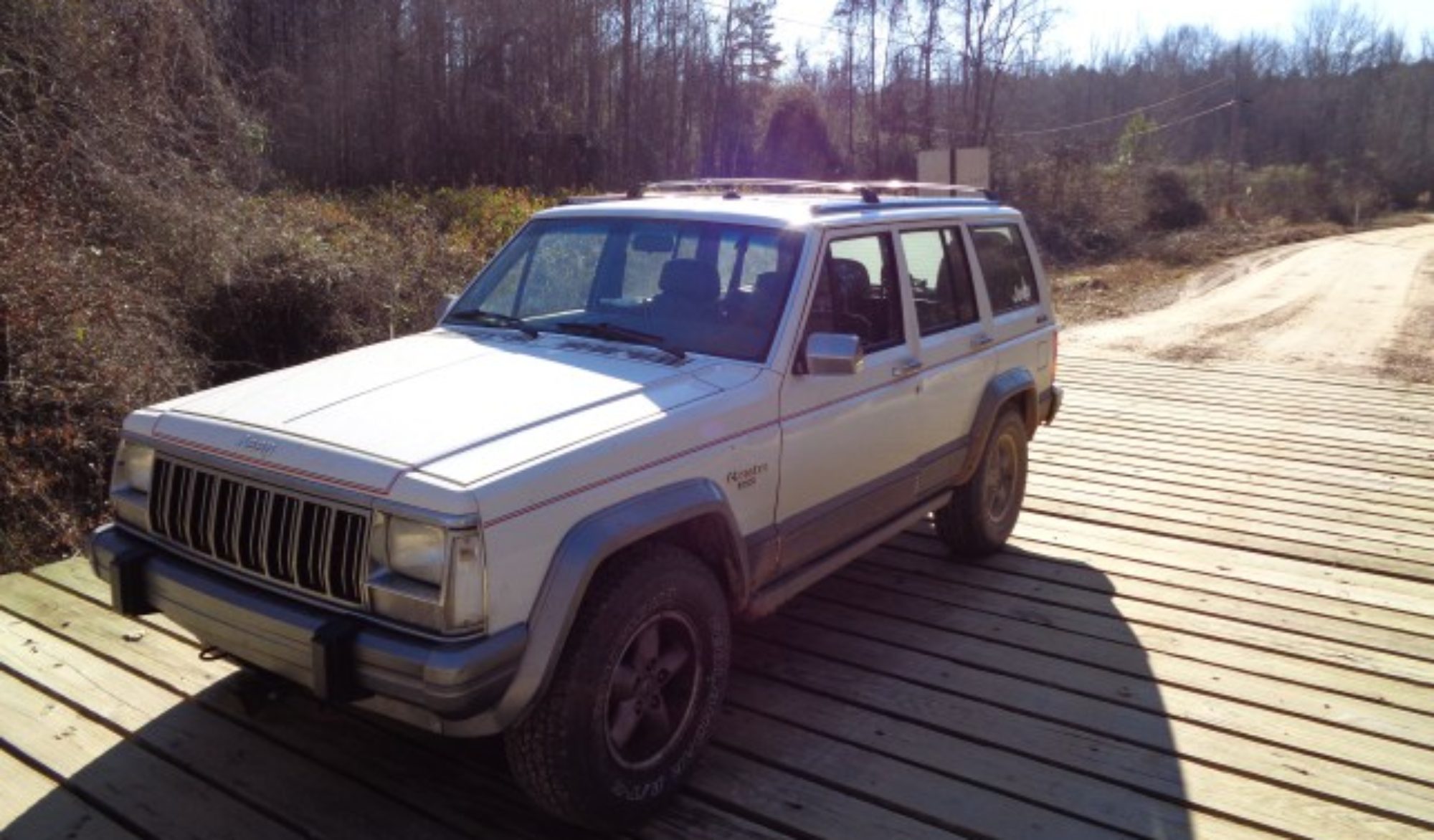AW4 Troubleshooting
Diagnosis of faults in the Jeep AW4 transmission.
The automatic transmission used in the Jeep XJ Cherokee is nearly bullet proof. Seldom does it ever give trouble. Maybe that is why it is so hard to find good information on how to fix it when it occasionally does act up. The same transmission is used in 600hp turbo Supras so it can handle a lot of abuse.
To test if the trouble is electric or mechanical, pull the fuse to the TCU or disconnect the wiring harness. 1-2 will give first gear only, 3 will give third gear. D will give forth gear. The torque converter will not lock manually. You can drive the Jeep just fine this way until you figure out what is wrong.
If the transmission does not shift as described manually, then you have a serious problem and you need to get another transmission from the junkyard. Don’t buy a rebuilt one. If you have yours rebuilt make sure the shops knows how to handle the AW4. If you choose to rebuild it yourself, the FSM has lots of nice pictures.
Most of the time the trouble will be associated with the Transmission Control Unit or TCU. It is handy to have a spare for trouble shooting although the computer itself rarely goes bad.
A transmission control unit located under the passenger side panel under the glove box controls the AW4. The panel is one piece all the way across and there are more control boxes on the driver side so be careful when you remove it.
There are two controllers that I know about. The 1990 and earlier use a different one from the 1991 and up. Somewhere along the way they combined the TCU and the ECU but I don’t know what year that was. The 1991 and up unit has a green connector. It is not interchangeable with the earlier unit.
The TCU gets inputs from a speed sensor, the Throttle Position Sensor, the brake pedal, the battery and the ignition switch. Some models also have a power / comfort switch.
The only outputs control three solenoids. One controls the torque converter lockup and the other two select the four gears in a binary fashion.
First Gear S1 on S2 off
Second Gear S1 on S2 on
Third Gear S1 off S2 on
Forth Gear S1 off S2 off
As you can see, if the TCU has no power, you will get forth gear in D position. Also with the TCU off, 3 will give you third gear and 1-2 will give 1st gear. You can’t get 2nd manually.
The wires on the 1991 and up TCU are connected as follows:
C3 Speed Sensor Tan
C8 NSS 1-2 Light blue
C9 NSS D Green
C10 Brake switch Light Blue/ yellow
C11 Power switch Tan
C14 Torque Converter White
C15 Solenoid 2 Violet
C16 Solenoid 1 Blue
D7 Ground Black
D14 Battery Red
D16 Ignition Yellow
D1 TPS+ Gray
D3 TPS- Tan / orange
Note that the wire colors and traces may be different on different years. Check your FSM wiring diagrams for the right colors for your Jeep. The pin position is the same on all the TCUs however.
If the speed sensor signal is bad, the controller will force the transmission to stay in first gear. It will not shift at all. Unplugging the controller will give manual operation. This speed sensor is mounted in the side of the transmission under the transfer case shift linkage if you have 4wd. Don’t confuse it with the speedometer sensor in the transfer case.
The brake input is used to unlock the torque converter. The 1990 and earlier used +12 to lock and zero to unlock. The 1991 and up is the opposite.
The TPS voltage should read about .5 volts with the throttle closed and 4.5 volts with it open. It should transition smoothly between the two numbers. It seems to work fine even if the voltage is a little off.
The solenoids are located inside the transmission. They get power from the TCU. You can monitor the voltage to see if they are getting power at the right times. You can also add a power wire and switch to juice up solenoid 2 to get second gear when in the 1-2 position. This gives you control of 2nd gear which is hard to come by any other way.
You can check the solenoids by testing the resistance across the coils. Attach one side of your meter to the battery ground. Good grounds are hard to come by inside the Jeep. Connect the other side to each wire going to the solenoid. They should read around 15 ohms give or take a couple. They seem to read different warm than cold but will be in the teens if good.
The solenoids are expensive and require dropping the pan to change. Make sure you have eliminated other possibilities before swapping one.
Contrary to most wiring diagrams I have seen, the solenoids do not ground through the black wire. They ground to the transmission case. So if you are having trouble with a solenoid energizing, make sure it is properly grounded to the case and the case is properly grounded to the battery before swapping it out.
The speed sensor uses the black wire. If either the black wire or the white wire are damaged in the transmission wiring harness, the transmission may hang in first gear. The harness passes right behind the transfer case shift linkage and can be damaged by the linkage if it is moved around by a transfer case drop or something like that.
Normally, the transmission with switch to 2nd at 20 to 25 mph depending on the TPS signal. It gets its speed reference from the internal speed sensor so if you are in low range, the speed will be different.
In the 1-2 position, the torque converter can lock up in first or second gear. In 3 or D it will only lock in 3 or four. The normal sequence is to shift to second, and then third, then forth and then the torque converter will lock up giving an engine speed of about 2700 RPM at 55 MPH.
Armed with this information, you could be able to sort through nearly any fault in the AW4. The FSM is most unhelpful in that it calls for a DRBII scanner that seems to be unavailable at any price these days. Even if you had one the TCU only gives a few codes that are really not very helpful. You will probably still have to sort through each of the inputs and outputs to find out what is really wrong and get it working again.

